We caught up with Liz Daly, our Talent Development Specialist, about the evolving landscape of workplace learning and development (L&D). We spoke about AI-driven personalized learning, fostering continuous development, bridging skill gaps in remote teams, and empowering professional growth.
1. How has the landscape of workplace learning and development evolved in recent years, and what key trends do you foresee shaping its future?
In recent years, workplace learning and development has really changed gears, embracing personalized, on-demand learning experiences powered by AI and machine learning. Looking ahead, key trends include microlearning for quick skill boosts, mobile-friendly platforms that support remote work flexibility, and a shift towards a continuous learning culture that encourages innovation and adaptability. Organizations are also placing a strong emphasis on learning transfer and helping managers support their teams in applying new skills. Plus, there's a growing focus on nurturing internal talent through re-skilling, upskilling, and career development, which is crucial for filling skill gaps and driving both individual and organizational growth.
2. How can organizations effectively bridge the skills gap between the capabilities employees possess and the skills needed to drive business success in today's rapidly changing market?
Regularly assessing our global workforce's skills is crucial. It helps us identify areas for growth and development, ensuring that everyone meets high standards regardless of their location. Tailoring training programs to address specific skill gaps identified through these assessments is equally vital. These programs ensure our teams are equipped with the precise skills , knowledge and behaviours needed to thrive in their roles and contribute effectively to our organization's success.
At Thomas, our focus is on empowering individuals to excel in any workplace environment. We prioritize understanding emerging skill needs and connecting our team with development opportunities that align personal interests with organizational goals. Initiatives like our Coffee Pals App fosters connections and helps cultivate skills such as AI, business acumen, and communication. This approach not only enhances personal well-being but also supports continuous skill development and success for everyone at Thomas.
3. In the era of remote work and distributed teams, what strategies can companies employ to facilitate collaborative learning experiences and knowledge sharing among employees?
Remote work doesn’t mean learning has to be isolated. Firstly, consider hosting regular virtual workshops and webinars. These sessions bring teams together virtually, promoting shared learning and discussions that overcome geographical barriers. Secondly, create online communities or forums where employees can freely ask questions, share insights, and collaborate on projects. This approach fosters a culture of continuous learning and global collaboration.
At Thomas, we're passionate about empowering decision-making and cultivating cross-team collaboration through platforms like Management Peer-to-Peer Communities and the Thomas Leaders Programme. These initiatives support meaningful online interactions and helps us build trust networks, ensuring that collaborative learning thrives in our remote work environment.
4. In what ways do you foster a culture of learning within your organization, and how do you encourage employees to take ownership of their own development?
Leading by example is crucial. We encourage our senior leaders worldwide to embrace continuous learning and share their personal development journeys, inspiring teams across different regions.
We also provide diverse learning resources, from online courses to workshops in multiple languages, ensuring every team member has access to opportunities that fit their development needs. We celebrate employees who take initiative in their own growth, creating a global culture of appreciation and encouragement. Lastly, we create clear learning paths and career progression opportunities tailored to different markets, empowering our team to take ownership of their development and pursue continuous growth aligned with their career goals.
We encourage everyone to recognise their colleagues great initiative, innovation and problem solving skills through our online 'Shout Out' initiative hosted on MS Teams. These are key skills to develop especially now with AI influencing our roles.
5. What strategies have you found most effective in gaining buy-in from senior leadership and stakeholders for learning and development initiatives, and how can other L&D professionals replicate this success?
To start, aligning our L&D initiatives with our business goals is vital. We demonstrate how these programs support and drive our company’s strategic objectives, emphasizing their value across different markets. Additionally, every initiative or programme is built using a co-creation approach. We want everyone to feel like they have a say in how our L&D offering is shaped at Thomas. This helps drive engagement and adoption.
Starting with pilot programs has been instrumental. This approach allows us to showcase initial successes before scaling up, ensuring relevance and effectiveness across different markets. Lastly, we actively engage senior leaders in the design and implementation of our L&D programs. By involving them from the outset, we ensure their investment in the outcomes, fostering global support and commitment throughout Thomas.
As we wrap up our journey through workplace learning and development, it's evident that embracing AI-driven personalized learning, fostering continuous development, and bridging skill gaps in remote teams are essential for thriving in today's dynamic market. Empowering employees to own their professional growth and gaining support for L&D initiatives are equally important. By applying these insights, organizations can nurture a resilient learning culture that not only adapts to but also catalyses innovation in our ever-evolving business landscape.




